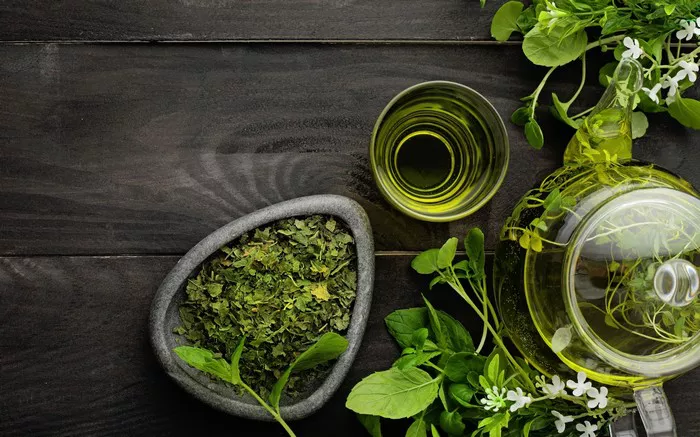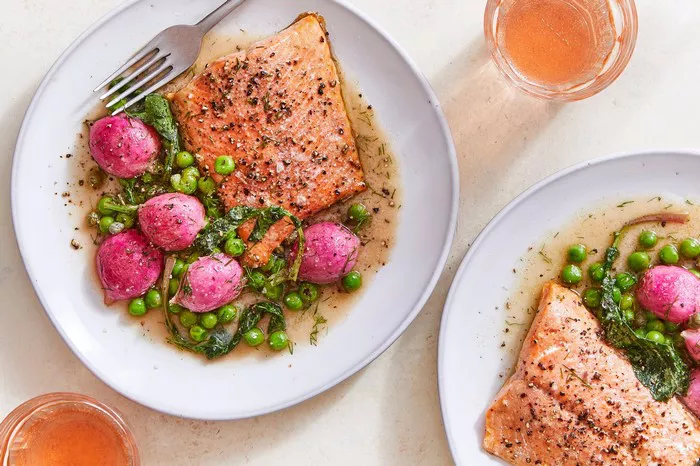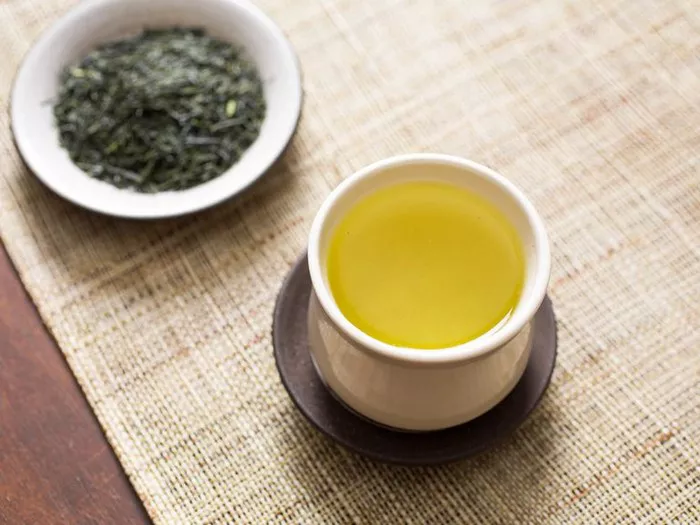Green Tea vs. Matcha: two renowned beverages with distinct characteristics, each cherished for its unique taste and cultural significance. While both hail from the Camellia sinensis plant, their processing methods and preparation set them apart in the world of tea enthusiasts. In this comprehensive exploration, we delve into the origins, production processes, health benefits, and nuanced flavors of Green Tea and Matcha, unraveling the mysteries that make each of these beverages a cherished part of tea culture worldwide.
Green Tea vs. Matcha: The Roots of Tradition
A tale that begins with the rich history of tea cultivation. Green tea, tracing its roots to China over 4,000 years ago, has evolved into a global phenomenon. With a myriad of varieties such as Sencha, Gyokuro, and Dragon Well, green tea boasts a diverse flavor profile. In contrast, Matcha, with its origins deeply entrenched in Japanese tea ceremonies, represents a powdered form of green tea meticulously grown and processed. The ceremonial significance attached to Matcha adds a layer of cultural depth to this vibrant emerald-hued beverage.
Green Tea vs. Matcha: Unraveling the Production Processes
A journey through the intricacies of production. Green tea undergoes a meticulous process involving withering, steaming or pan-firing, rolling, and drying. This process retains the natural green color and imparts a grassy, vegetal flavor to the leaves. Matcha, on the other hand, follows a unique shade-grown cultivation method. The tea plants are shaded from the sun for approximately 20-30 days before harvest, increasing chlorophyll levels and promoting the development of amino acids. After harvesting, the leaves are stone-ground into a fine powder, resulting in a concentrated, velvety texture and an unmistakable umami flavor.
Green Tea vs. Matcha: Flavor Profiles Unveiled
A battle of flavors that titillate the taste buds. Green tea, with its broad spectrum of varieties, offers a nuanced taste ranging from the sweet and vegetal notes of Dragon Well to the bold and seaweed undertones of Sencha. The preparation method, steeping time, and water temperature all contribute to the final flavor profile. Matcha, renowned for its distinct umami taste, boasts a creamy texture and a concentrated, rich flavor that sets it apart. The ceremonial preparation, where Matcha is whisked with hot water until frothy, results in a beverage that is both earthy and indulgently smooth.
Green Tea vs. Matcha: The Caffeine Conundrum
A comparison in caffeine content. Green tea, generally considered to have moderate caffeine levels, provides a gentle energy boost without the jitteriness associated with some coffee beverages. The caffeine content in green tea can vary based on factors such as the type of tea and brewing time. In contrast, Matcha contains a higher concentration of caffeine due to the consumption of whole tea leaves. However, the presence of L-theanine in Matcha counteracts the potential side effects of caffeine, promoting a state of relaxed alertness.
Green Tea vs. Matcha: Unveiling the Health Benefits
A holistic view of the health benefits each beverage brings to the table. Green tea is renowned for its antioxidant properties, attributed to catechins like epigallocatechin gallate (EGCG). These antioxidants may contribute to improved heart health, reduced inflammation, and enhanced metabolism. Matcha, being a concentrated form of green tea, packs an even more potent antioxidant punch. Additionally, Matcha contains higher levels of chlorophyll, enhancing its detoxifying properties. Both beverages are associated with potential cancer-fighting properties and improved cognitive function, making them valuable additions to a health-conscious lifestyle.
Green Tea vs. Matcha: Aesthetic Appeal in Presentation
A visual delight in the art of presentation. Green tea, often served in loose leaves or tea bags, allows for a more traditional steeping method. The brewing process unfolds, revealing the unfurling leaves and the gradual infusion of color. Matcha, with its vibrant green hue, creates a unique visual experience. The preparation, often a ceremonial act, involves whisking the powdered tea with hot water to create a frothy, velvety layer on top. The vivid green color and the meticulous presentation add a sense of ritual and aesthetic appeal to the Matcha experience.
Green Tea vs. Matcha: Culinary Versatility Unveiled
A culinary exploration beyond the teacup. Green tea finds its way into a variety of culinary delights, from ice creams to savory dishes. The subtle, earthy notes of green tea make it a versatile ingredient. Matcha, with its concentrated flavor and fine powder texture, has become a darling in the culinary world. It imparts a vibrant color and rich taste to a myriad of dishes, from desserts like Matcha-flavored mochi and cheesecake to savory recipes like Matcha-infused noodles. The culinary applications of Matcha extend far beyond the boundaries of traditional tea preparation.
Green Tea vs. Matcha: Navigating the Price Spectrum
A consideration in terms of budget and value. Green tea, available in various grades and qualities, offers options for every budget. The price range is broad, from everyday affordable options to rare, premium teas that can be more expensive. Matcha, being a labor-intensive product, tends to be relatively more expensive. The meticulous cultivation, shading, and stone-grinding processes contribute to its higher price point. However, for enthusiasts seeking a unique and ceremonial tea experience, the investment in Matcha is often seen as a worthwhile indulgence.
Green Tea vs. Matcha: Making an Informed Choice
A reflection on personal preferences and choices. Choosing between these two beloved teas ultimately boils down to individual taste preferences, cultural inclinations, and health considerations. Green tea, with its diverse varieties and mild flavors, appeals to those who appreciate the natural taste of tea leaves. Matcha, on the other hand, captivates individuals seeking a more intense and ceremonial tea experience. Both beverages offer a plethora of health benefits, making them valuable additions to a balanced lifestyle. Whether one opts for the subtle elegance of green tea or the vibrant intensity of Matcha, the journey through the world of tea is a deeply personal and enriching experience.
In conclusion, Green Tea vs. Matcha encapsulates a journey through centuries of tradition, cultivation, and cultural significance. Each sip of green tea or Matcha unveils a story of craftsmanship, from the careful cultivation of tea plants to the meticulous processing that results in the final, flavorful brew. As tea enthusiasts continue to explore the world of tea, the choice between Green Tea and Matcha becomes a matter of personal taste, with each cup offering a unique and delightful experience in its own right.
























